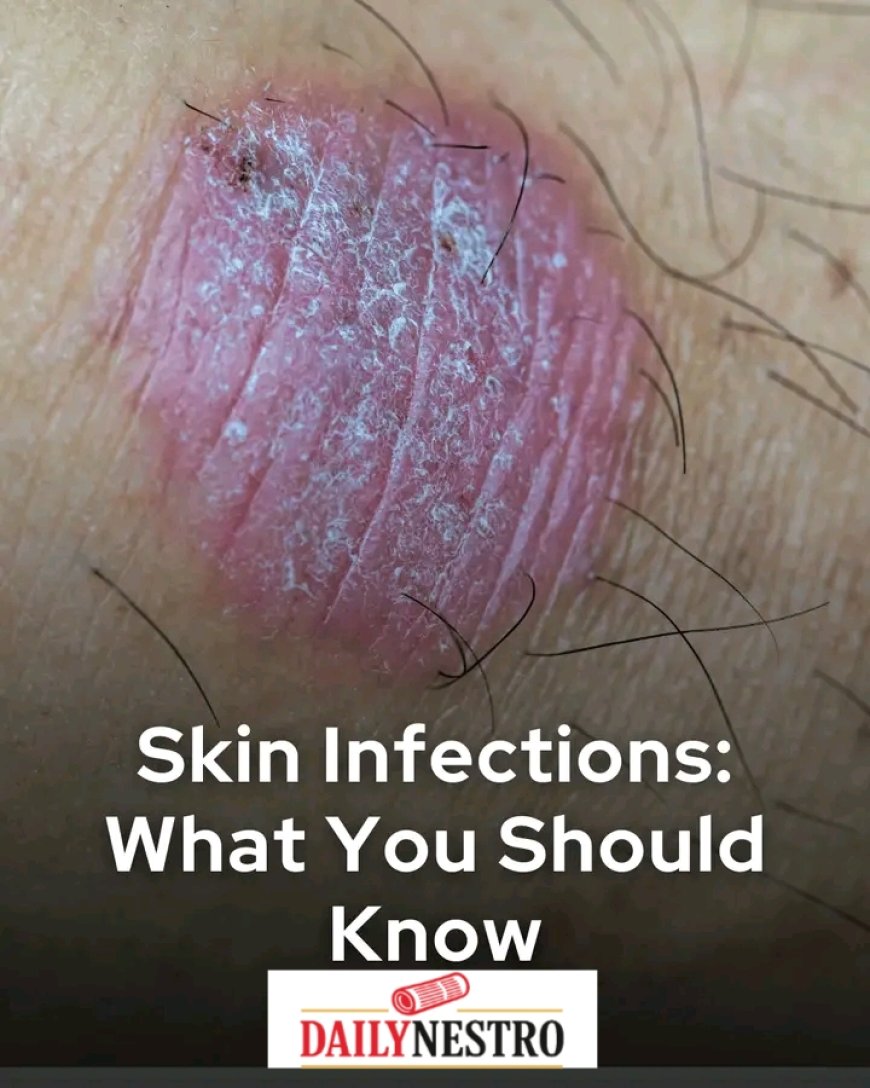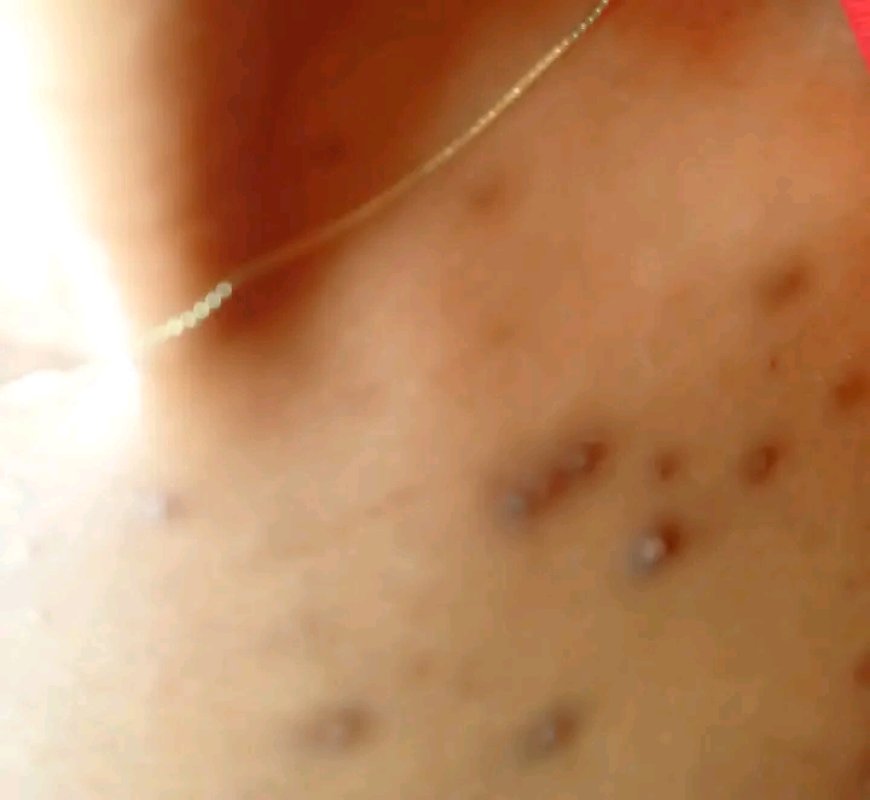Do you know?? YOU CAN GET RID OF SKIN INFECTION IN TWO WEEKS.
Do you know?? YOU CAN GET RID OF SKIN INFECTION IN TWO WEEKS.

Do you know?? YOU CAN GET RID OF SKIN INFECTION IN JUST TWO WEEKS.
Ohh yes with consistency and a little guide from us its possible_
Skin infections are incredibly common and can range from mild annoyances to more serious conditions requiring medical attention. Whether it's a bacterial issue like impetigo or cellulitis, a fungal one like ringworm, or a viral infection such as chickenpox, many can be resolved within two weeks with the right approach.
However, it's crucial to note that this timeline depends on the type and severity of the infection, and self-diagnosis isn't recommended. Always consult a healthcare professional for personalized advice, as untreated infections can worsen or lead to complications. In this post, we'll cover the basics of skin infections, symptoms, treatments, and tips to speed up recovery.
TYPES OF SKIN INFECTION
occur when harmful microorganisms like bacteria, fungi, or viruses invade the skin through cuts, scrapes, or other openings. Common types include:

▫️ Bacterial Infections: Such as impetigo, caused by bacteria like Staphylococcus aureus or Streptococcus, often entering through minor skin breaks. Cellulitis is another bacterial infection that affects deeper skin layers, typically from streptococcus or staphylococcus entering via wounds.
▫️ Fungal Infections: Ringworm (tinea corporis) is a classic example, caused by mold-like fungi that spread through contact with infected people, animals, or objects.
▫️ Viral Infections: These include chickenpox, which causes an itchy rash and usually resolves on its own, or herpes-related cold sores.

Factors like warm weather, poor hygiene, or weakened immunity can increase your risk.
Recognizing the Symptoms
Early detection is key to quick recovery. Look out for:
▫️Redness, swelling, warmth, or tenderness in the affected area.
▫️Itchy or painful rashes, blisters, or sores that may ooze pus.
▫️Fever, chills, or swollen lymph nodes in more severe cases.
For impetigo, you might see yellow crusts around the mouth or nose.
Ringworm often appears as a scaly, ring-shaped patch that's itchy.
If symptoms persist or spread, seek medical help immediately.
Home Remedies and Self-Care Tips
While professional treatment is often necessary, these high-level self-care steps can support recovery and potentially help mild infections clear up faster:
1. Keep the Area Clean : Gently wash the infected skin with soap and water daily to remove crusts or debris. Avoid harsh scrubbing to prevent further irritation.
2. Apply Warm Compresses: For boils or abscesses, a warm washcloth can ease pain and promote drainage.
3. Use Over-the-Counter Remedies : For fungal infections like ringworm, apply antifungal creams available at pharmacies. Mild bacterial infections might respond to OTC antibiotic ointments like those containing bacitracin.
4. Cover the Area : Bandage the infection to prevent spreading and protect it from further contamination.
5. Maintain Hygiene : Wash hands frequently, avoid sharing towels or clothing, and keep nails short to reduce scratching.
These methods can help manage symptoms, but they're not substitutes for prescribed treatments. Many infections show improvement within 48 hours of starting care, with full resolution in 1-2 weeks.
Medical Treatments for Faster Recovery
For most skin infections, seeing a doctor is essential, especially if home care isn't working. Treatments may include:
▫️ Antibiotics : Oral or topical for bacterial infections like impetigo or cellulitis. A typical course lasts 5-10 days, with improvement often seen quickly.
▫️ Antifungals: Creams or pills for ringworm; mild cases may clear in two weeks with consistent application, while severe ones require several weeks of oral medication.
▫️ Antivirals : For viral infections like herpes, medications can control outbreaks but don't cure the virus.
In serious cases, such as cellulitis, intravenous antibiotics might be needed.
Always complete the full course of medication to prevent recurrence.
Also Know When to See a Doctor
Don't wait if:
▫️The infection spreads or worsens after a few days.
▫️You develop a fever over 100.4°F (38°C), chills, or severe pain.
▫️There's pus, red streaks, or swelling that doesn't improve.
▫️You have underlying conditions like diabetes or a weakened immune system.
Prompt medical intervention can ensure recovery within two weeks and avoid complications like scarring or deeper infections.
Prevention Strategies To avoid future infections:
▫️ Practice good hygiene: Shower regularly and clean cuts promptly.
Avoid close contact with infected individuals or animals.
▫️Use protective gear in high-risk environments, like gloves for gardening.
▫️Vaccinate against preventable viral infections, such as chickenpox.
Conclusion
Getting rid of a skin infection in two weeks is achievable with early action, proper hygiene, and appropriate treatment. Remember, this guide is for informational purposes only.consult a healthcare provider for diagnosis and tailored advice. By staying vigilant, you can keep your skin healthy and infection-free.
Source: webMD.com







